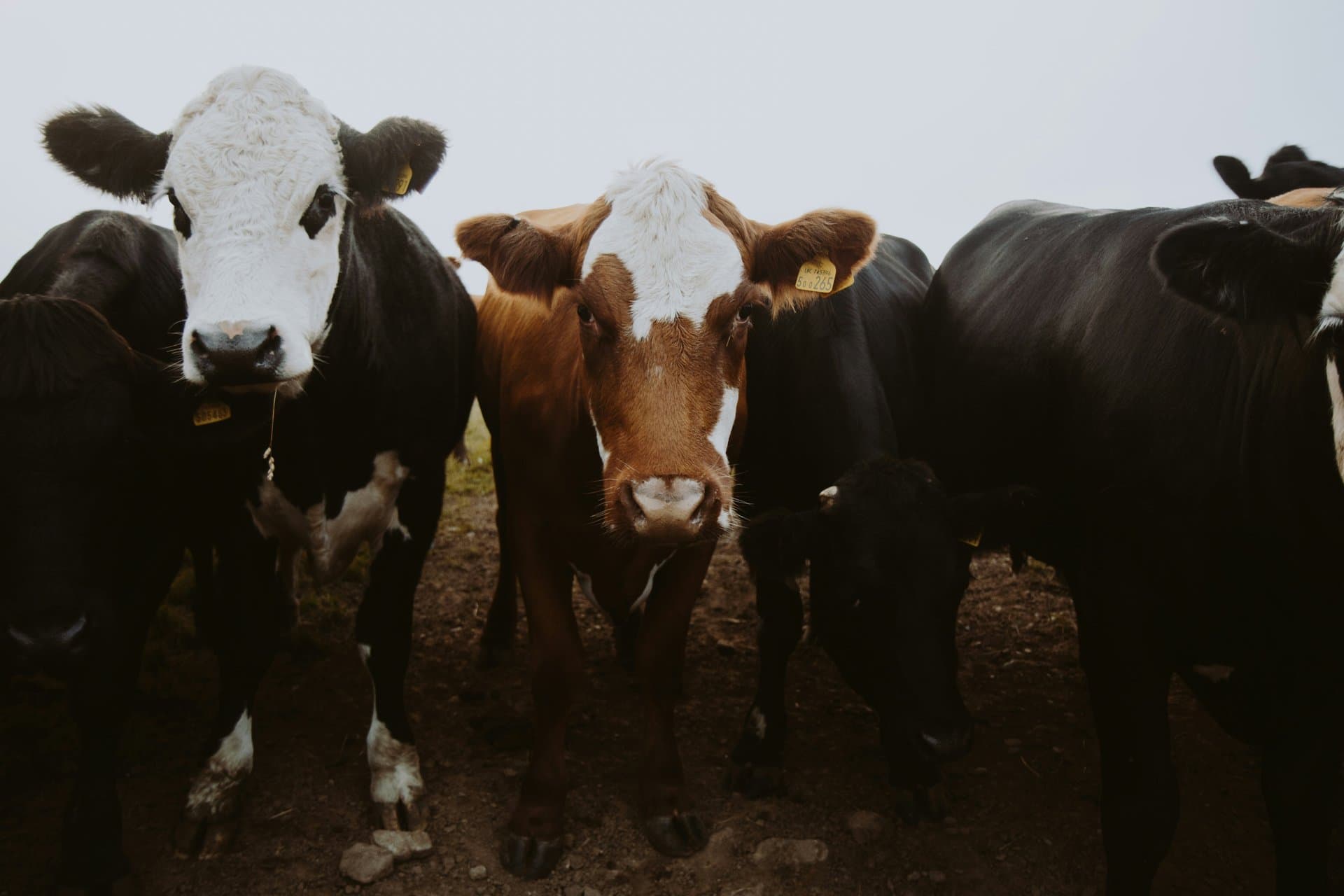US Cattle Herd Rebuilding: Slow Steps Amid Drought and High Costs
Explore how US cattle ranchers cautiously rebuild herds amid drought and soaring costs, revealing the slow recovery of beef supply and its impact on prices and rural economies.

Key Takeaways
- US cattle herd at smallest size since 1965 with 27.86 million beef cows in 2025
- Drought and high feed costs forced herd liquidation, shrinking beef supply
- Ranchers cautiously retain more heifers to rebuild, slowing beef production temporarily
- Beef prices hit record highs in 2025 amid tight supplies and stalled restocking
- Herd rebuilding expected to be gradual, with benefits seen around 2028

The US cattle herd is at a historic low, shrinking to 27.86 million beef cows in early 2025—the smallest since 1965. Years of relentless drought have turned lush pastures brown, forcing ranchers to sell off cattle amid soaring feed costs. Yet, a cautious optimism is stirring. Ranchers like Nebraska’s Craig Uden and Texas’s Fausto Salinas are starting to hold back young female cows, or heifers, betting on a slow herd recovery. This article unpacks the challenges and hopeful signs in US cattle herd rebuilding, revealing how drought, market forces, and ranchers’ tough choices shape the future of beef supply and prices.
Facing Historic Herd Lows
Imagine a pantry running dangerously low on staples—that’s the US cattle herd in 2025. With 27.86 million beef cows, the herd has shrunk to its smallest size since 1965, reflecting a 0.5% drop from the previous year. The total cattle and calf inventory also dipped to 86.7 million, marking a 1% decline. This contraction isn’t just a number; it’s the echo of years of drought that turned green pastures into brown dust bowls. Ranchers had to make hard calls, selling more cattle to survive soaring feed costs. The calf crop, a vital sign of future herd health, fell to a record low of 33.1 million head, down 1% year-over-year. These figures paint a stark picture: the US beef supply pipeline is tight, and the road to recovery is steep.
Drought’s Grip on Ranchers
Drought is the silent thief stealing from America’s cattle ranchers. When rain deserts the land, grass withers, and feed costs skyrocket, ranchers face a brutal choice: hold onto cattle or sell to survive. In Nebraska, drought coverage dropped from 79% two years ago to 19% by late July 2025, signaling some relief but also years of hardship. Texas and South Dakota ranchers recount summers where forage turned brown and cattle perished. The scarcity of pasture forced some to hunt miles away for hay, a costly and exhausting endeavor. This relentless dryness squeezed margins, pushing many to liquidate herds. The drought’s impact is more than environmental—it’s a financial squeeze that reshaped the nation’s beef industry.
Retaining Heifers: A Tough Bet
Holding back heifers is like planting seeds in a drought—risky but necessary for growth. Ranchers such as Troy Hadrick in South Dakota and Fausto Salinas in Texas are cautiously retaining more young female cows for breeding instead of sending them to slaughter. This choice slows beef production temporarily, as these animals won’t be market-ready for about two years. Yet, it’s a critical step toward rebuilding herds. The USDA data shows a 5% drop in heifers fattened for slaughter, signaling this shift. Still, high interest rates and memories of past price crashes make ranchers wary. They’re dipping toes in the water, balancing immediate profits against long-term gains. This cautious approach means herd expansion will be slow and measured.
Price Pressures and Market Impact
Tight cattle supplies have pushed beef prices to record highs in 2025, squeezing processors and consumers alike. Companies like Tyson Foods and Cargill have faced losses of about $300 per head slaughtered, battling high cattle costs that climbed by $560 million in one quarter alone. For ranchers, high prices offer a silver lining, but for meatpackers and consumers, it’s a pinch felt at checkout lines. Imports from Brazil and Australia have helped fill gaps, but trade tariffs and import restrictions—like the halt on Mexican livestock imports—tighten the squeeze. Consumers have shown resilience, but economists warn that sustained high prices will test demand. The beef market is a delicate dance of supply, demand, and global trade tensions.
Outlook for Herd Rebuilding
The herd rebuilding journey is a slow climb, with meaningful growth expected only by 2028. Improved rains and a record corn harvest in 2025 provide a hopeful backdrop, promising better grazing and feed availability. Ranchers’ cautious retention of heifers signals the first steps toward recovery, but widespread expansion remains stalled by drought uncertainty and high costs. The USDA projects that national herd growth in 2025 will be minimal, with restocking delayed until conditions improve. This slow pace means beef supplies will remain tight, and prices elevated, for years. For rural economies tied to cattle, this gradual rebound is both a challenge and a lifeline. Patience and prudence will define the next chapter of America’s beef story.
Long Story Short
Rebuilding the US cattle herd is no sprint but a marathon marked by patience and prudence. Ranchers face a tough balancing act: holding back heifers to grow herds while forgoing immediate profits amid high cattle prices. The persistent drought and elevated input costs keep the recovery cautious and slow. Consumers may feel the pinch as beef prices stay elevated before supplies improve. Yet, improved rains and record corn harvests offer a silver lining, promising better grazing and feed. For now, the beef industry braces for tighter supplies and gradual herd growth, with meaningful benefits expected around 2028. Understanding this slow dance helps consumers and stakeholders navigate the complex realities behind their steak dinners.